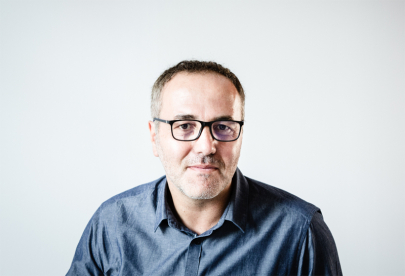Livio De LucaScientist
Modèles et simulations pour l'architecture et le patrimoine (MAP)1
n-Dame_Heritage (Horizon Europe - ERC AdG 101055423)
n-Dimensional analysis and memorisation ecosystem for building cathedrals of knowledge in Heritage Science
The research on cultural heritage makes the confrontation between material objects and multidisciplinary studies the arena for the production of collective knowledge. In the digital age, this is then a privileged framework for studying the collective analysis and interpretation of facts, objects and phenomena that bring together a new generation of data towards the construction of new scientific and cultural resources – our tomorrow’s heritage. How can one memorise these bundles of individual gazes converging on the same object of study? How can one analyse their dynamics of construction, of overlap and of fusion leading to new knowledge? This project introduces a new field – a territory of multidisciplinary and multidimensional digitally born data – as raw material for studying the mechanisms of knowledge production in cultural heritage.
Introducing a pioneering approach in computational modelling and digitisation, this project benefits from the exceptional experimental framework of the scientific worksite on Notre-Dame de Paris (involving today 175 researchers coming from disciplines like archaeology, anthropology, architecture, history, chemistry, physics and computer science) to build an emblematic corpus of data on scientific practises in heritage science, in the digital age. Within this unique opportunity to produce and analyse masses of born digital scientific data, n-Dame_Heritage will deliver a generalisable approach, a replicable methodology and an open and reusable digital ecosystem to build cathedrals of knowledge by the collaborative research on material objects. By introducing and experimenting next generation methods and tools for the semantic-driven data production and analysis, this project shifts the cursor of digitisation, from the physical object to the knowledge for understanding it, in order to analyse the interdependence between its complex features and the related knowledge objects built by scholars through their research practises.
- 1CNRS/Ministère de la Culture
